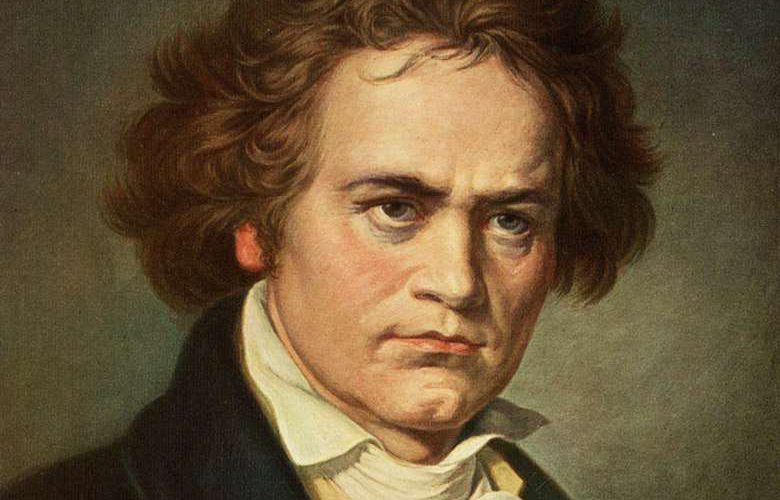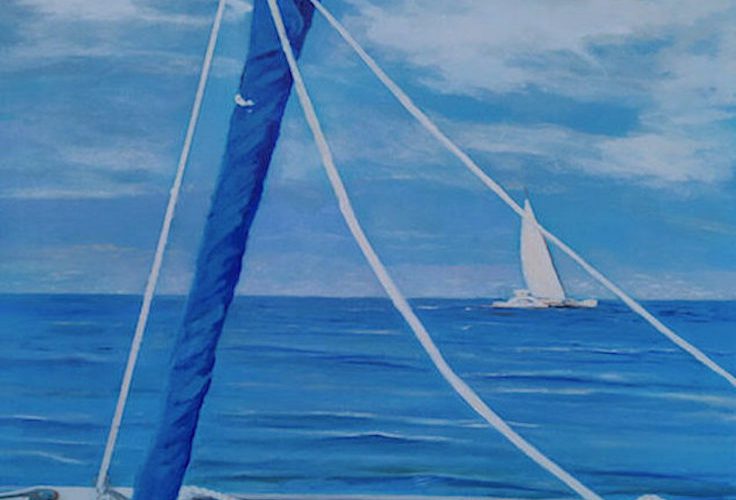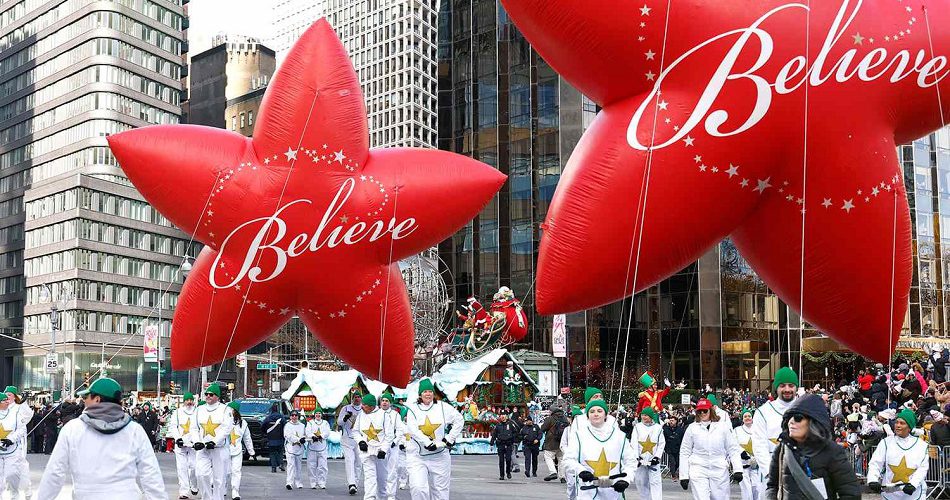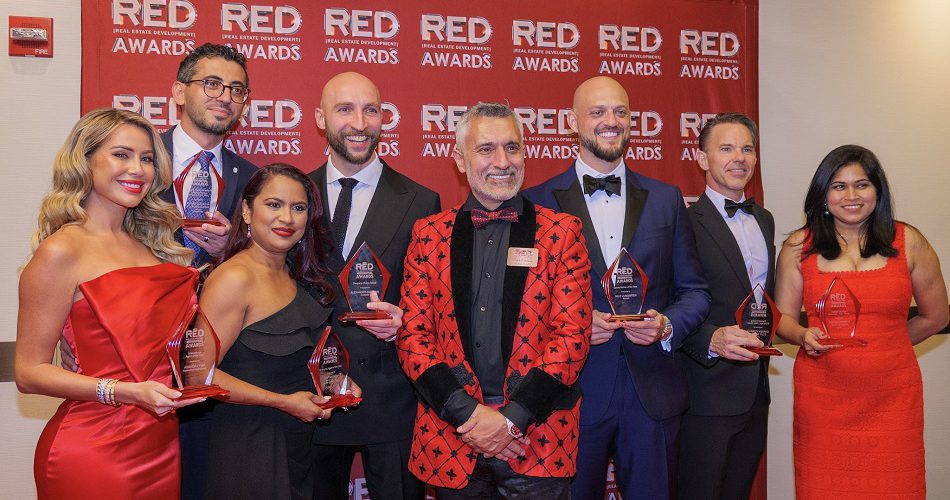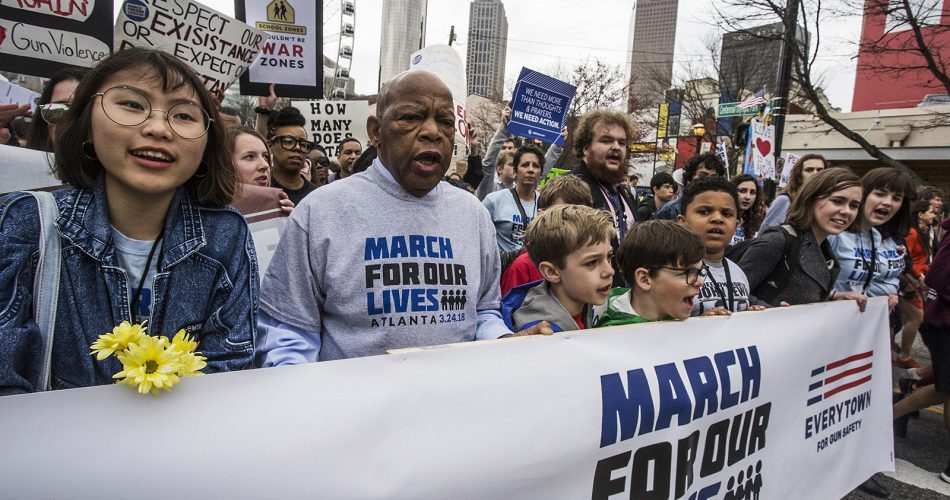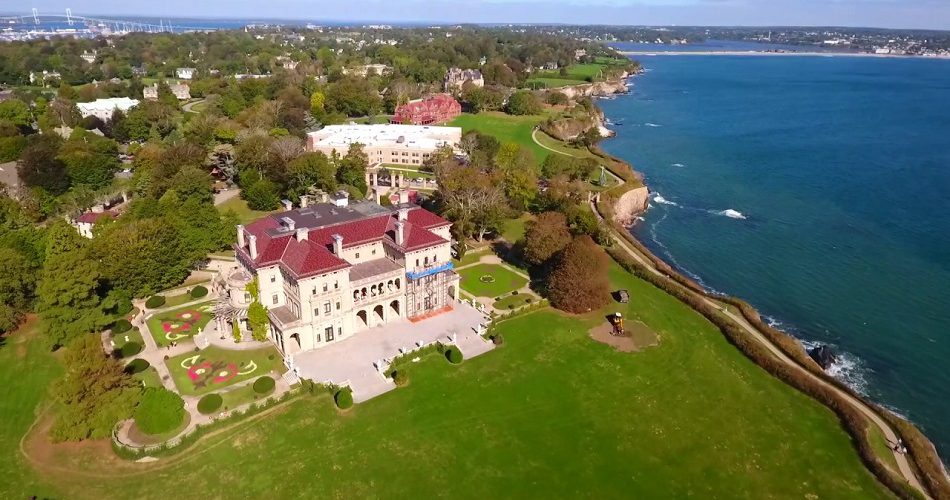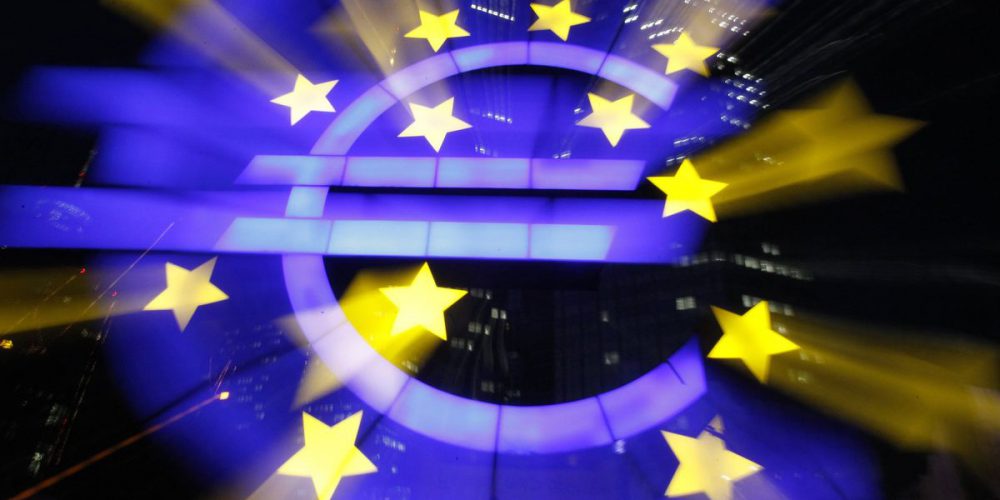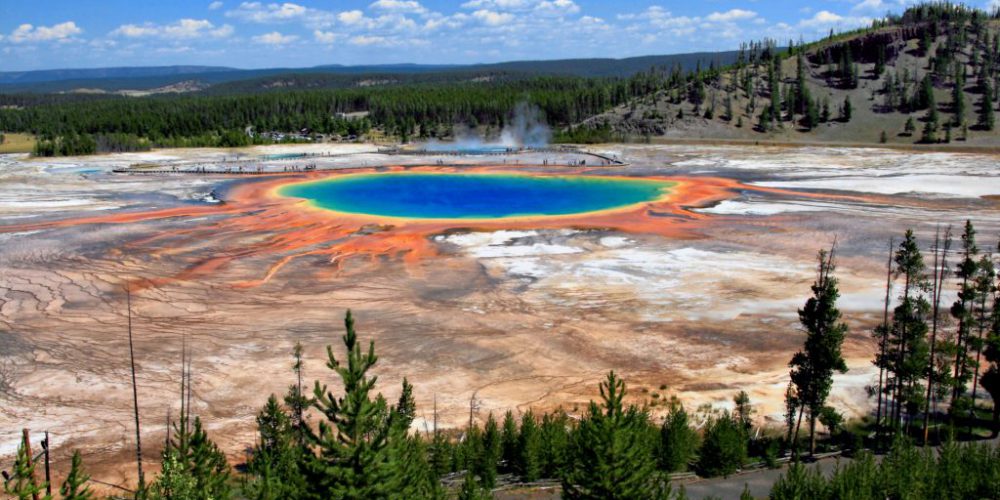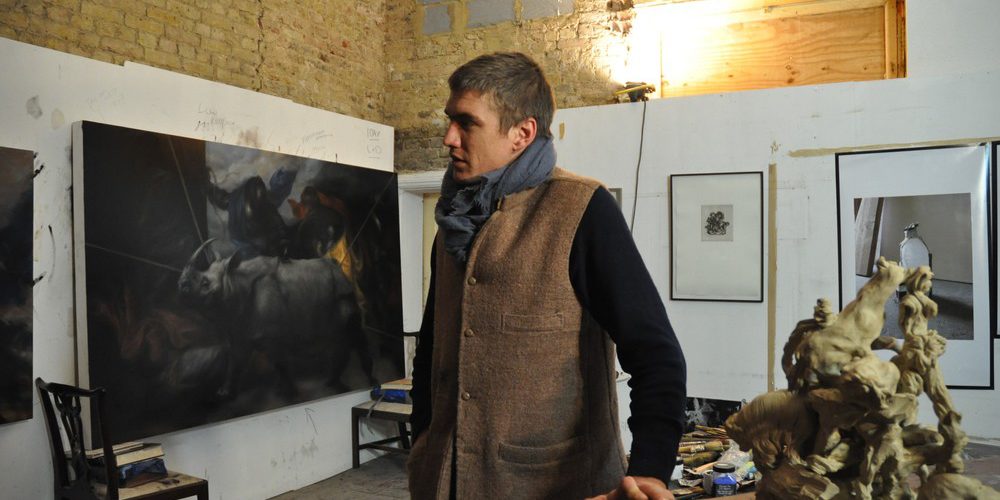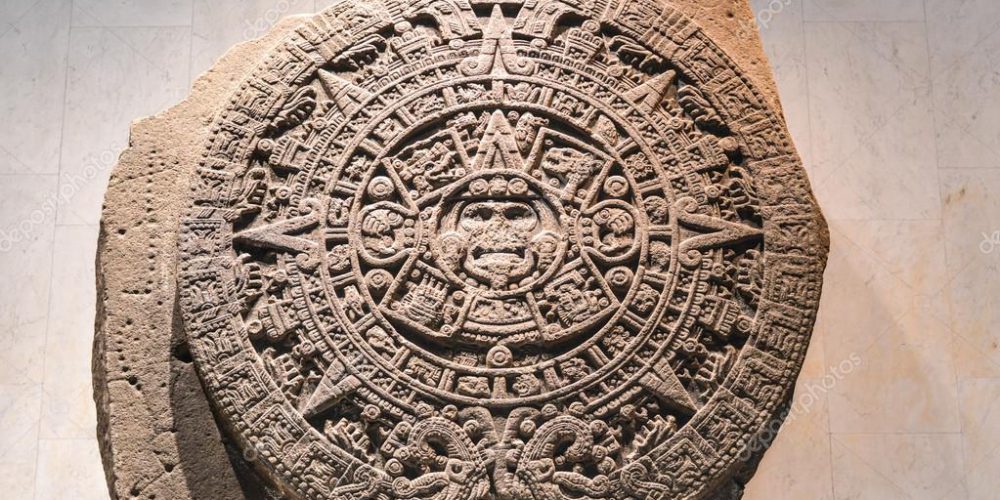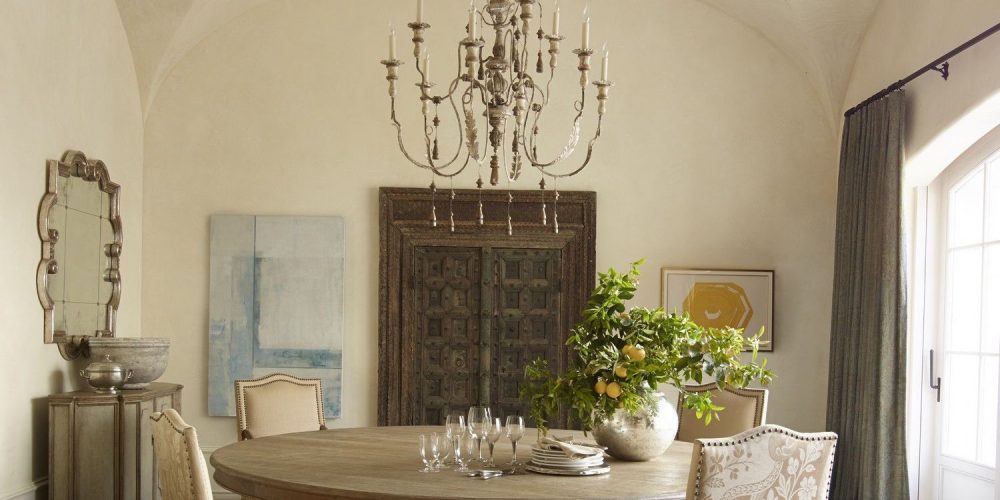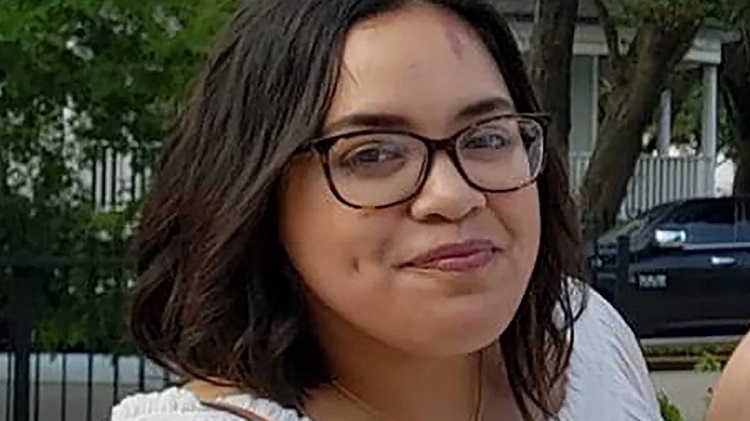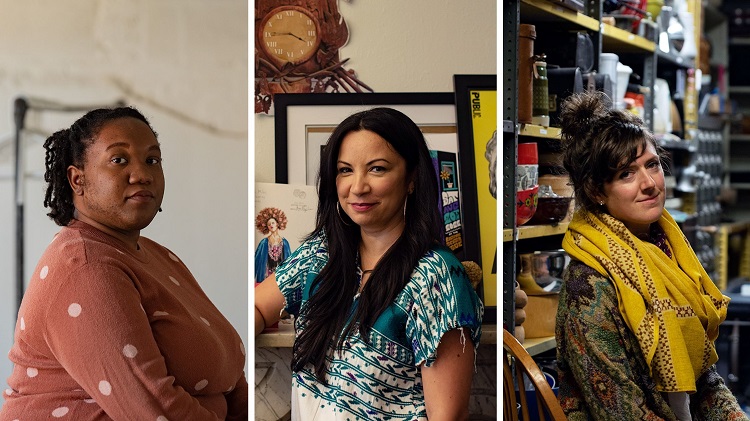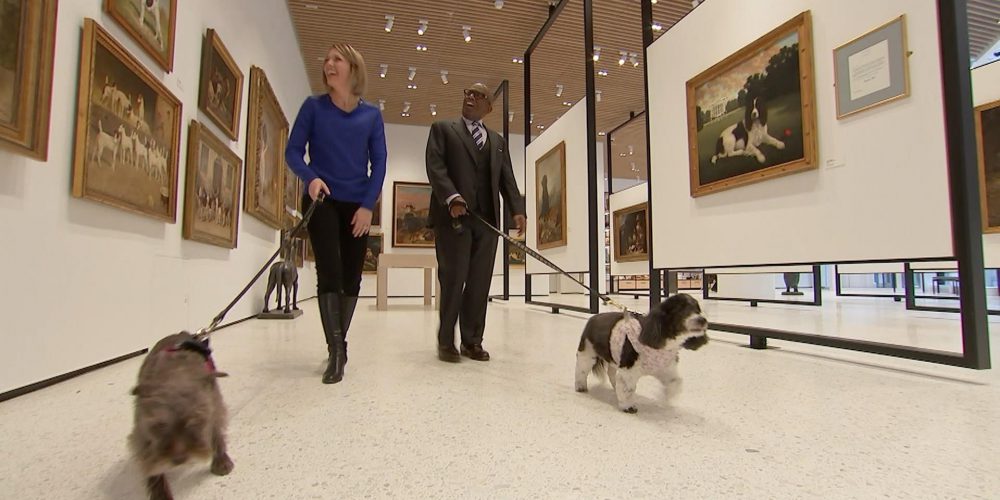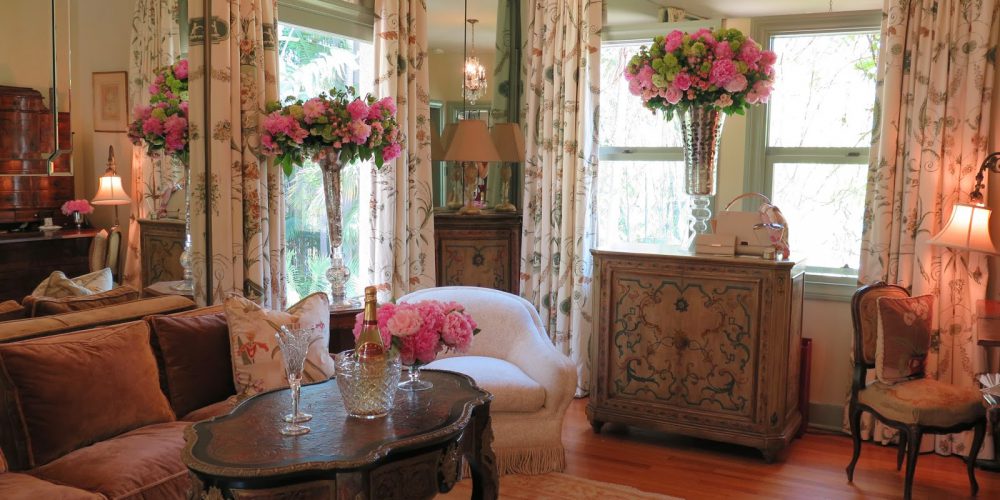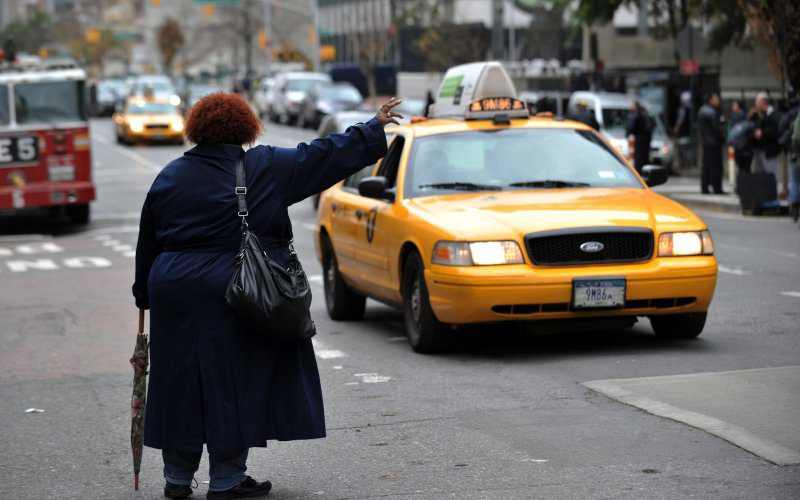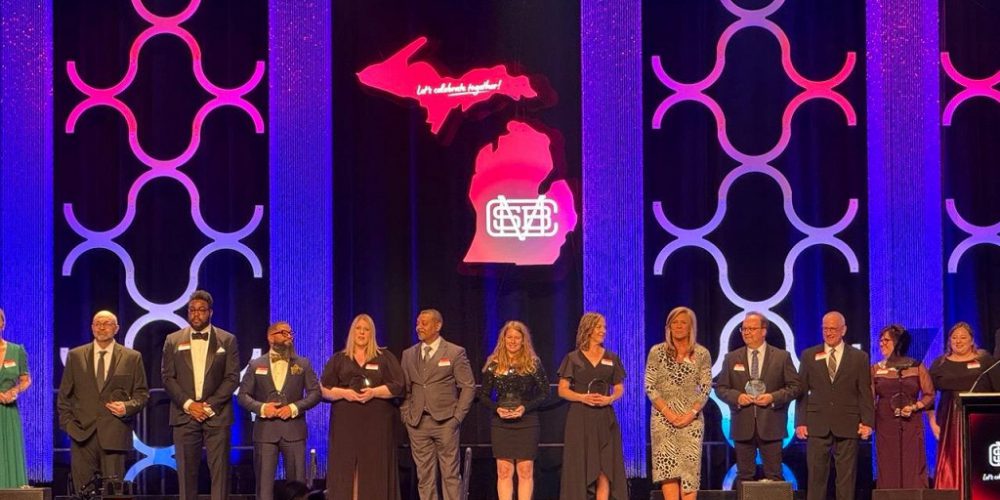The New York Metropolitan Opera, a jewel in the crown of world culture

For over 140 years, the New York Metropolitan Opera House has been one of the most famous stages in the world.
The New York Metropolitan Opera House’s rich musical history began when it opened its doors to the public on Oct. 22, 1883. At the time, the opera house welcomed New Yorkers into its hall located on 1411 Broadway, between 39th St. and 40th St.

Despite a fire ravaging the innards of the 1411 Broadway location in 1892, it wouldn’t be until 1966 that the Metropolitan Opera House moved to Lincoln Center. The original building that the opera house called home for 83 years was demolished in 1967.
The Metropolitan Opera at Lincoln Center opened on Sept. 16, 1966, and has since hosted world-renowned musicians and performers. Almost from the beginning, it was clear that the opera house on 39th Street did not have adequate stage facilities. But it was not until the Met joined with other New York institutions in forming Lincoln Center for the Performing Arts that a new home became possible. The new Metropolitan Opera House, which opened at Lincoln Center in September 1966, was equipped with the finest technical facilities.
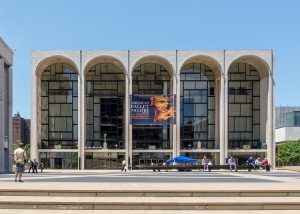
The Metropolitan Opera is a vibrant home for the most creative and talented singers, conductors, composers, musicians, stage directors, designers, visual artists, choreographers, and dancers from around the world. Millions of people from all walks of life have visited it.
Since the summer of 2006, Peter Gelb has been the Met’s general manager—the 16th in company history.

Under his leadership, the Met has elevated its theatrical standards by significantly increasing the number of new productions, staged by the most imaginative directors working in theater and opera, and has launched a series of initiatives to broaden its reach internationally. These efforts to win new audiences prominently include the successful Live in HD series of high-definition performance transmissions to movie theaters around the world. To revitalize its repertoire, the Met regularly presents modern masterpieces alongside the classics.
The Metropolitan Opera has always engaged many of the world’s most important artists. Christine Nilsson and Marcella Sembrich shared leading roles during the opening season.
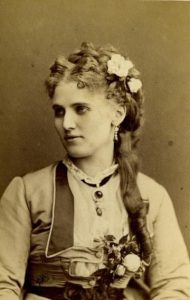
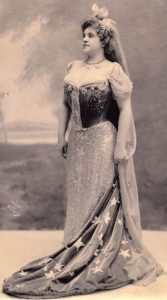
In the German seasons that followed, Lilli Lehmann dominated the Wagnerian repertory and anything else she chose to sing.
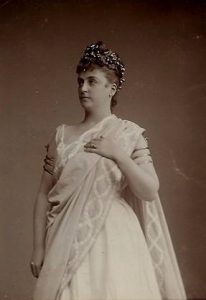
In the 1890s, Nellie Melba and Emma Calvé shared the spotlight with the De Reszke brothers, Jean and Edouard, and two American sopranos, Emma Eames and Lillian Nordica.
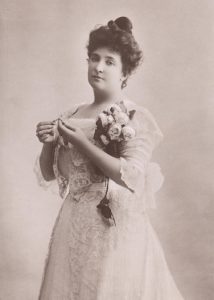
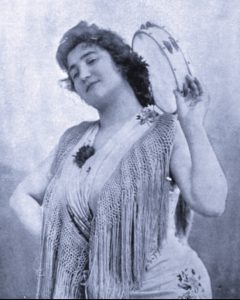
Enrico Caruso arrived in 1903, and by the time of his death 18 years later had sung more performances with the Met than with all the world’s other opera companies combined.
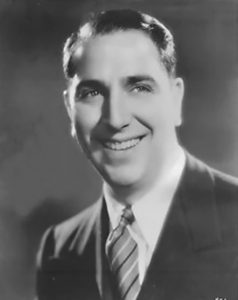
American singers acquired even greater prominence with Geraldine Farrar and Rosa Ponselle becoming important members of the company. In the 1920s, Lawrence Tibbett became the first in a distinguished line of American baritones for whom the Met was home.

Many great conductors have helped shape the Met, beginning with Wagner’s disciple Anton Seidl in the 1880s and 1890s and Arturo Toscanini, who made his debut in 1908.
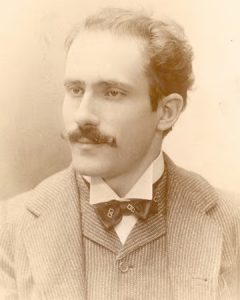
There were two seasons with both Toscanini and Gustav Mahler on the conducting roster.
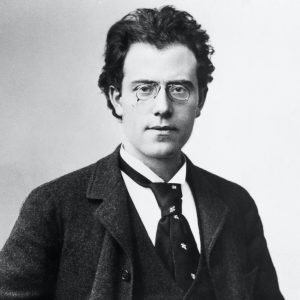
Later, Artur Bodanzky, Bruno Walter, George Szell, Fritz Reiner, and Dimitri Mitropoulos contributed powerful musical direction. Former Met Music Director James Levine was responsible for shaping the Met Orchestra and Chorus into the finest in the world, as well as expanding the Met repertoire. He led more than 2,500 Met performances over the course of his four-and-a-half decades with the company.
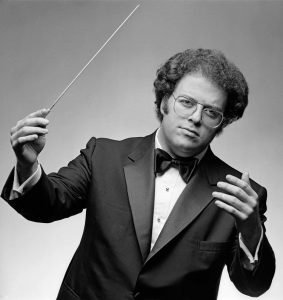
When Yannick Nézet-Séguin assumed the role of Music Director in September 2018, he became just the third maestro to occupy this position in company history.
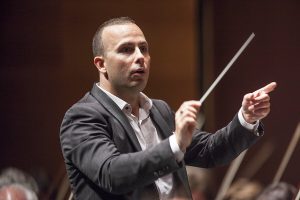
The Met has given the U.S. premieres of some of the most important operas in the repertory. Among Wagner’s works, Die Meistersinger von Nürnberg, Das Rheingold, Siegfried, Götterdämmerung, Tristan und Isolde, and Parsifal were first performed in this country by the Met.
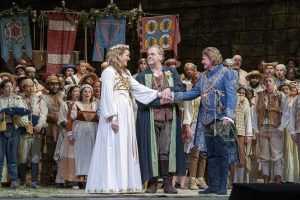
Other American premieres have included Boris Godunov, Der Rosenkavalier, Turandot, Simon Boccanegra, and Arabella.
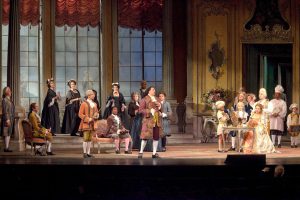
The Met’s 32 world premieres include Puccini’s La Fanciulla del West and Il Trittico, Humperdinck’s Königskinder, and five recent works—John Corigliano and William Hoffman’s The Ghosts of Versailles (1991), Philip Glass’s The Voyage (1992), John Harbison’s The Great Gatsby (1999), Tobias Picker’s An American Tragedy (2005), Tan Dun’s The First Emperor (2006), and the Baroque pastiche The Enchanted Island (2011), devised by Jeremy Sams, with music by Handel, Vivaldi, Rameau, and others.
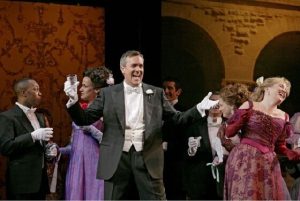
An additional 78 operas have had their Met premieres since the opera house at Lincoln Center opened in 1966.
Hänsel und Gretel was the first complete opera broadcast from the Met on Christmas Day 1931. Regular Saturday afternoon live broadcasts quickly made the Met a permanent presence in communities throughout the United States and Canada.
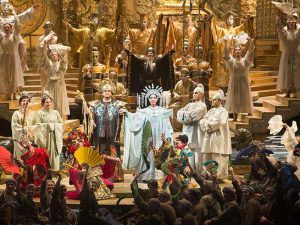
In 1977, the Met began a regular series of televised productions with a performance of La Bohème, viewed by more than four million people on public television.
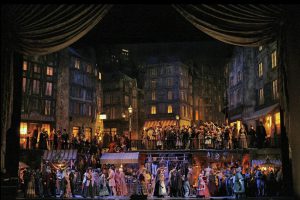
Over the following decades, more than 70 complete Met performances have been made available to a huge audience around the world. Many of these performances have been issued on video, laserdisc, and DVD.
Each season, the Met stages more than 200 opera performances in New York.

More than 800,000 people attend the performances in the opera house during the season, and millions more experience the Met through new media distribution initiatives and state-of-the-art technology.
By Alex Arlander | ENC News

